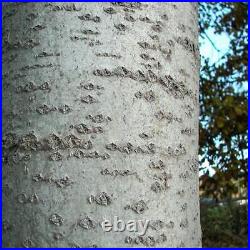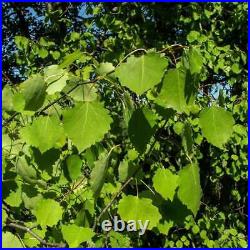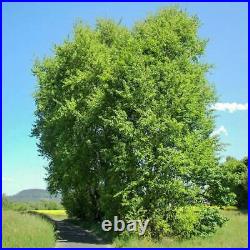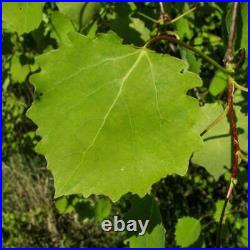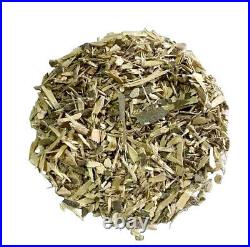
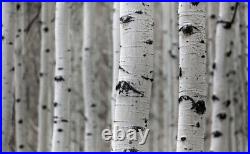
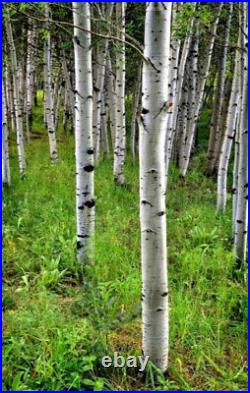
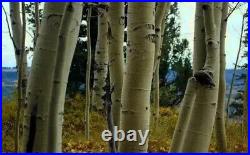
Aspen trees, especially the quaking aspen. , are known not only for their shimmering leaves but also for their distinctive bark. The smooth, pale bark of the aspen tree is typically a soft, grayish-white or greenish color, with darker horizontal scars and occasional black knots. This unique appearance makes the tree easily recognizable in forests across North America and parts of Europe. Aspen bark serves several roles in nature. Its smooth surface allows it to reflect sunlight, helping the tree regulate temperature in both warm and cold climates. The bark’s light color also contrasts beautifully against the forest landscape, especially in autumn when the aspen’s golden leaves create a striking visual effect. Over time, the bark develops a characteristic blackened pattern as the tree ages, giving it an even more textured, weathered appearance. Beyond its functional aspects, aspen bark has also played a role in human culture. It has been used by artists and indigenous peoples as a canvas for carvings and inscriptions, making use of the tree’s long-lasting outer layer. Whether admired for its visual beauty or its role in the ecosystem, aspen bark stands out as one of nature’s elegant and enduring designs.

